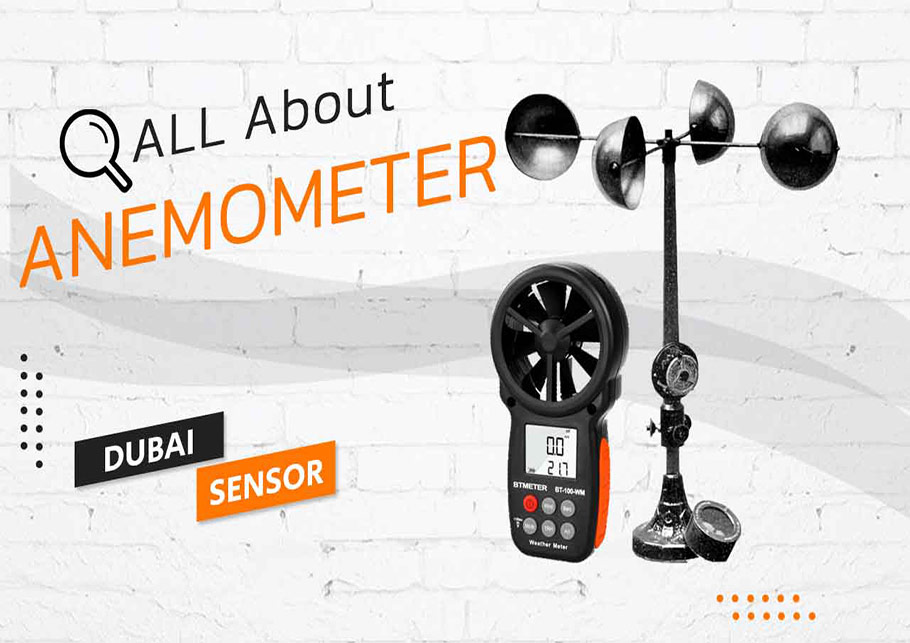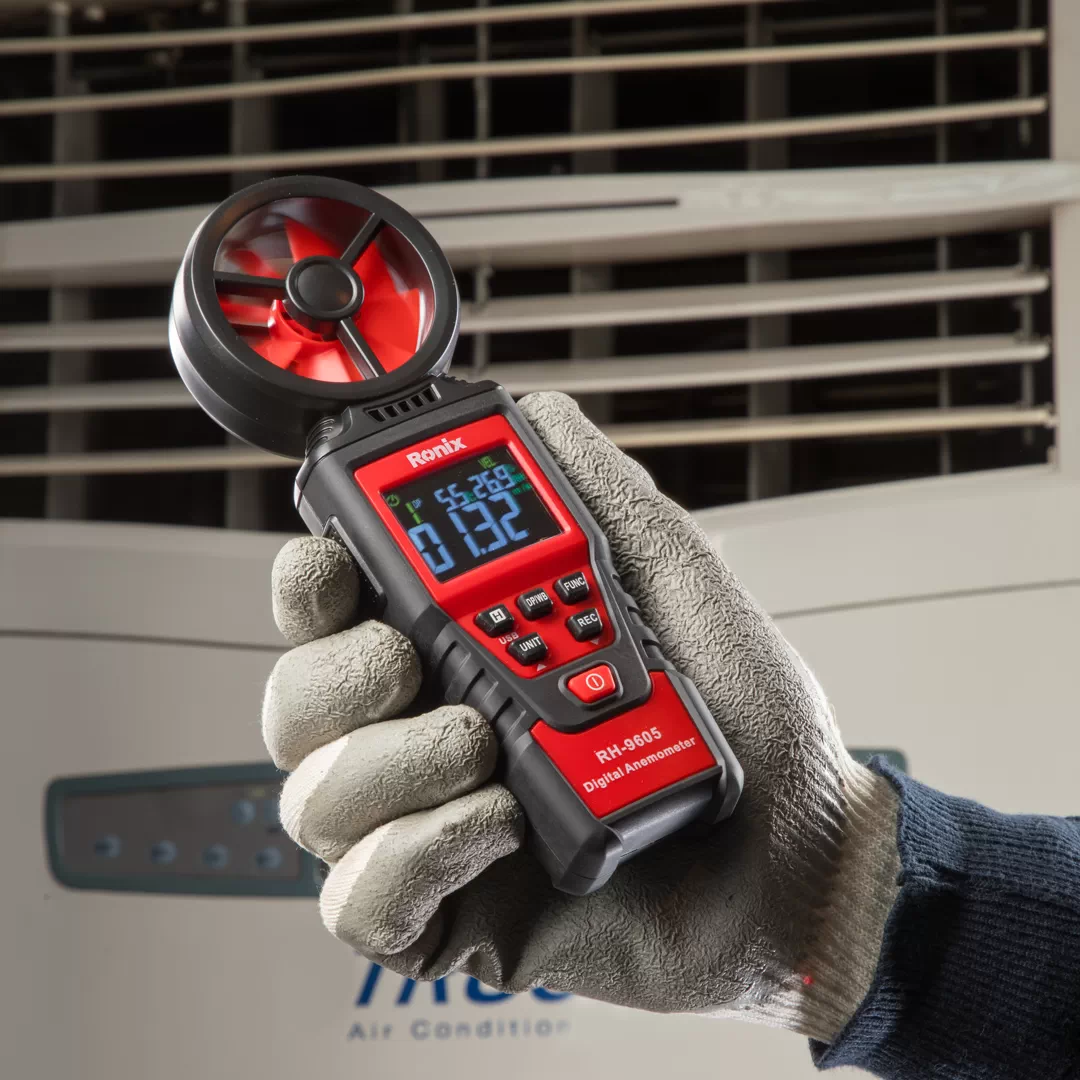Choosing the Right Anemometer: A Comprehensive Acquiring Guide
Choosing the Right Anemometer: A Comprehensive Acquiring Guide
Blog Article
Anemometers Introduced: Recognizing Their Significance in Ecological Tracking and Safety And Security Measures
The duty of anemometers in environmental monitoring and security measures is commonly underestimated, yet their value is undeniable. From meteorology to air travel safety and security, anemometers play a critical function in giving accurate data that informs decision-making processes and enhances general safety.
Background of Anemometers
The advancement of anemometers can be mapped back to the old civilizations where basic wind gauging tools were initial made use of. One of the earliest well-known anemometers was the hemispherical mug anemometer developed by Leon Battista Alberti in the 15th century.
In the 18th century, the prominent scientist John Thomas Romney Robinson presented the Robinson anemometer, which featured 4 hemispherical mugs placed on horizontal arms that extended from a main axis. This layout came to be a criterion in atmospheric dimensions as a result of its accuracy and dependability. Over the years, advancements in technology caused the growth of even more modern anemometers, including ultrasonic anemometers and laser Doppler anemometers, using increased precision and efficiency in determining wind speed and direction. The history of anemometers showcases a remarkable trip of development and development in the area of meteorology.
Kinds Of Anemometers
Throughout the area of meteorology, different types of anemometers have been created to accurately determine wind rate and direction. Sonic anemometers utilize ultrasonic signals to measure wind speed and direction accurately. Hot-wire anemometers operate based on the concept that the cooling result of wind on a heated cord is symmetrical to the wind rate.
Applications in Meteorology
Having actually reviewed the numerous kinds of anemometers made use of in weather forecasting for determining wind speed and instructions, it is essential to explore their useful applications in the field. Anemometers play an essential function in meteorology by providing real-time and precise information on wind conditions (anemometer). Meteorologists utilize anemometers to check wind rate and direction to forecast climate patterns, concern cautions for serious weather condition occasions like hurricanes, hurricanes, and tornados, and assess atmospheric conditions for air travel safety and security
In weather forecasting, anemometers assist in comprehending regional and neighborhood wind patterns, which are vital for forecasting weather modifications and determining weather patterns. These devices are additionally utilized in study to research microclimates, urban warm islands, and air pollution dispersion. Additionally, anemometers are employed in farming to optimize plant monitoring methods, such as watering and pesticide application, based on wind conditions.
Value in Aviation Safety And Security
An indispensable element of making sure aeronautics safety depends on the precise monitoring of wind problems making use of anemometers. Anemometers play a vital role in aeronautics by giving real-time information on wind speed and direction, assisting pilots in making informed choices read more during take-off, landing, and flight. Unpredictable and solid winds can significantly impact aircraft operations, making it necessary for aviation authorities to rely on accurate wind measurements to ensure the safety of travelers and team.

In the dynamic setting of air travel, where also small modifications in wind speed and direction can have extensive impacts, anemometers stand as important tools for promoting safe and safe flight.
Duty in Environmental Study
Exactly how do anemometers add to innovations in environmental research study? Anemometers play an essential function in environmental research by offering vital information on wind rate and direction. This details is important for understanding various climatic processes, such as air contamination diffusion, weather patterns, and climate change. By precisely determining wind features, anemometers aid researchers evaluate the movement of contaminants airborne, evaluate the effect of commercial exhausts, and anticipate the spread of impurities in the setting.


Final Thought
In final thought, anemometers have actually played a critical duty in ecological tracking and security steps. With a rich history and numerous kinds offered, these gadgets have been extensively used in weather forecasting, aeronautics safety and security, and environmental research. Understanding the significance of anemometers is essential for properly determining wind speed and direction, which is essential click now for anticipating weather condition patterns, ensuring secure aeronautics operations, and conducting ecological research studies - anemometer. Their contributions to these areas can not be undervalued.
One of the earliest known anemometers was the hemispherical mug anemometer invented by Leon Battista Alberti in the 15th century. Over the years, improvements in technology led to the advancement of more contemporary anemometers, consisting of ultrasonic anemometers and laser Doppler anemometers, providing raised precision and effectiveness in gauging wind speed and instructions. Hot-wire anemometers operate based on the principle that the cooling result of wind on a heated cord is symmetrical to the wind speed. Read Full Article Meteorologists make use of anemometers to monitor wind speed and instructions to anticipate weather patterns, problem cautions for severe weather condition occasions like tornadoes, storms, and cyclones, and assess atmospheric conditions for air travel safety and security.
Recognizing the significance of anemometers is vital for precisely gauging wind rate and instructions, which is essential for predicting weather condition patterns, making sure risk-free air travel procedures, and carrying out environmental studies. (anemometer)
Report this page